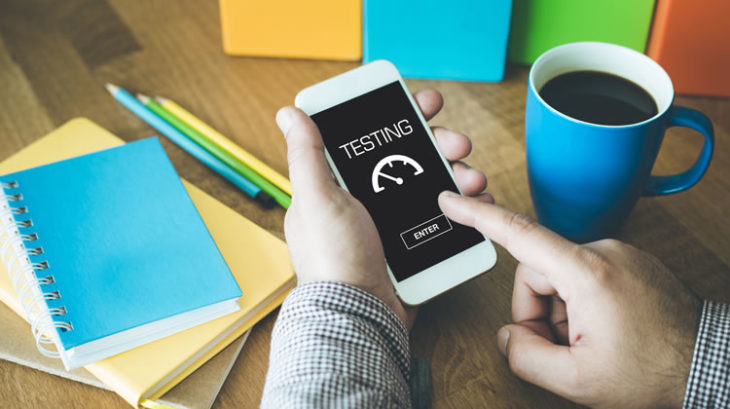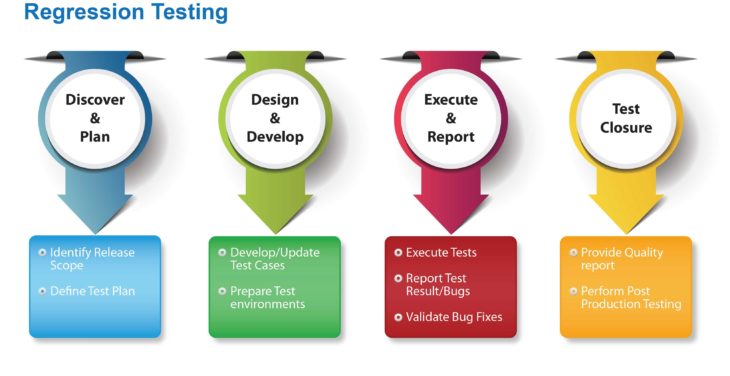Mobile testing is ever more important with the increasing number of mobile app users. There are millions of apps in the App Store and Play Store and there are billions of app downloads each year. Creating an app won’t serve the purpose if it does not function properly or has issues like latency, improper alignment, or error in loading page. This is why testing is the key to a proper app development which can provide a better user experience. Whether you are using online Android emulators or real devices, testing can be done using both as per the requirement.
What is Regression Testing (RT)?

Source: origamiStudios
RT is done to check if the newly added code does not have any adverse effect on the functionality of the app. This is done when there is a new feature added in the app or simply if there are some changes in the code. The changes in the code can impact the existing flow of the product or have bugs. This can be evaluated by doing RT. In RT, the motive is to initiate the optimization, enhancement and fixing the issue if needed in the existing feature.
pCloudy is a great platform to perform different types of mobile app testing. It is loaded with features like AI-powered testing bot and parallel testing which saves time and effort.
There are three types of regression testing:
- Complete RT
- Partial RT
- Unit RT
Complete regression testing is performed when the change is expected to impact on the other modules of the product. In this, the whole product is regressed to check for the issues due to the change code. Partial RT is done to check if the unit is integrated with the existing code properly. Unit RT is performed during the Unit testing phase where the code is tested in isolation and the dependencies are not taken into consideration.
Why and How to Perform Regression Testing?

Source: Usability Geek
In an agile development environment, it is necessary to test the app regularly and give feedback to the development team. RT helps in maintaining the continuous testing process because whenever there is a change in the code, RT will provide the status of the app.
To perform RT first you need to prepare a test suite and then automate all the test cases. There will be a need to update the test suite whenever there is a change in the code. Managing the test cases is important to properly execute the continuous integration with every update. Once the testing is done then there is a need to create a regression test execution report with pass/fail status.
Regression Testing Techniques

Source: Rock Cafe
There four types of RT techniques which can be used to optimize the process:
Test Selection: There has to be a process to select test cases to be re-executed on the basis of code change in the module. There can be a section of test cases based on the usability and the obsolete test cases need not be retested.
Retest: The simple process of rerunning all the test cases in a test suite to make sure that there are no issues. This method requires more time and effort.
Prioritization: The test cases can be prioritized on the basis of its impact on the functionality of the app. Test cases those are critical to the feature of the product are used more often should be dealt with first.
Hybrid: Sometimes there is a need for prioritizing the testing and selection combined. Instead of selecting the entire test suite, only high priority test cases can be selected and re-executed.
To conclude, the main reason to perform RT is to check if the new feature works properly and the code when integrated has proper functioning. It is necessary to do RT to speed up the overall testing process.
